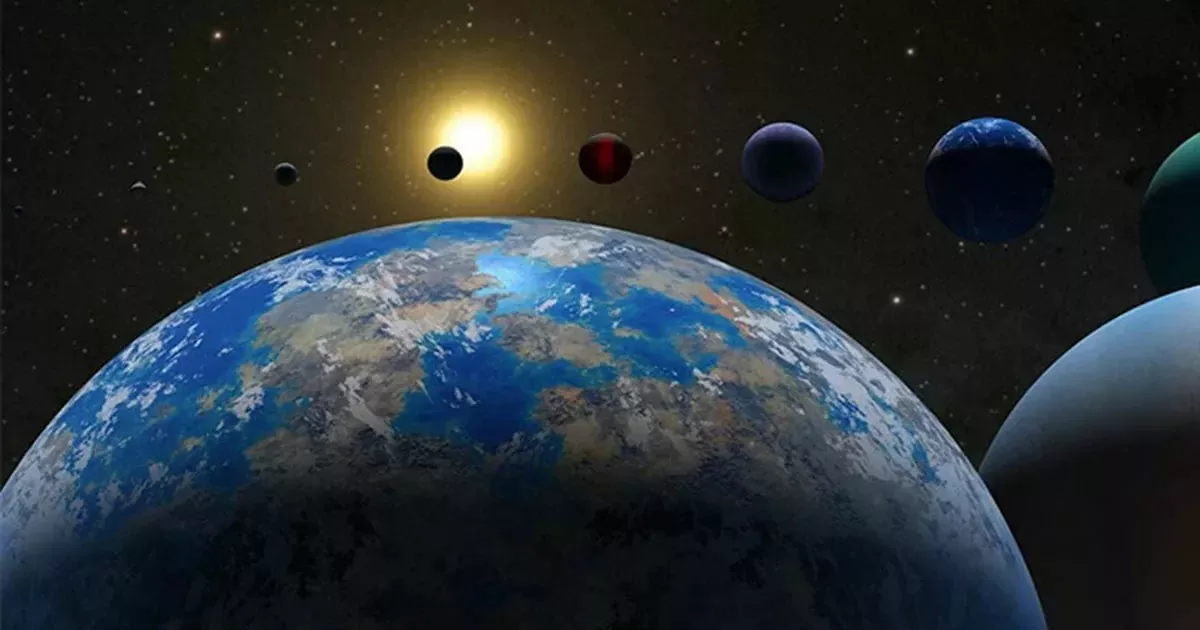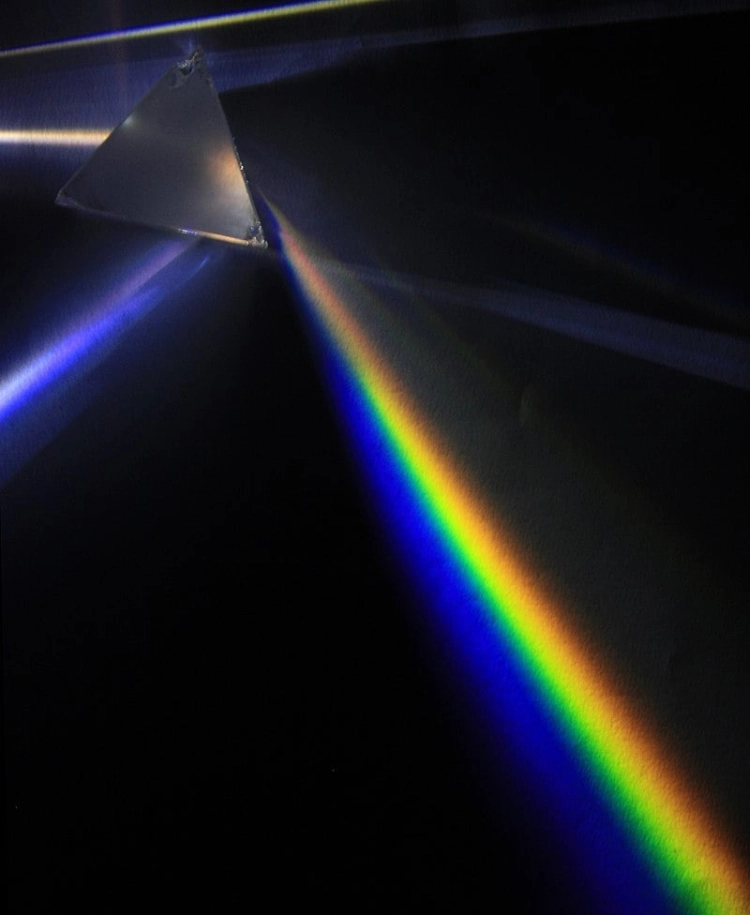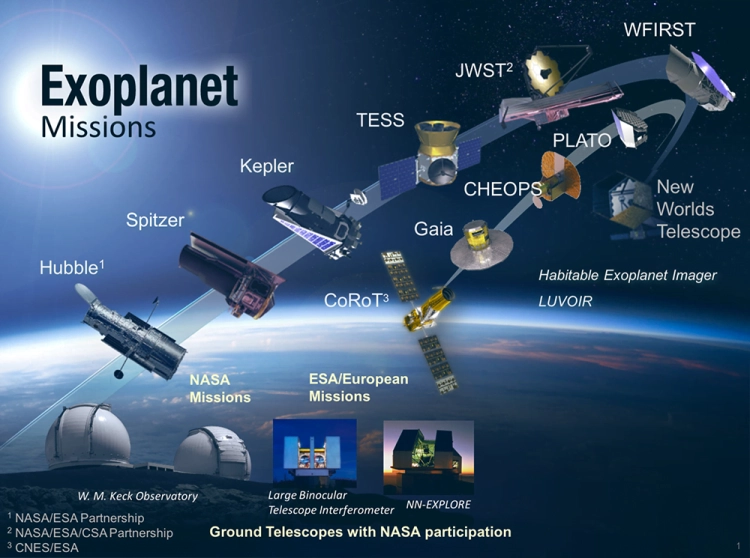

In 1991, exoplanets were merely a theory. It was assumed that since our star had planets, so would other stars. But no one was sure. The closest star to us is 4.2 light years away, so it’s hard for any telescope to see a planet that doesn’t emit light that far away.
Astronomers detected the first exoplanets by measuring gravitational influences. Just as the star pulls on the planets, the planets exert a tiny pull on the star. This method was a good way of finding massive exoplanets. Still, not much was known other than something significant was pulling on the star.

As telescopes such as Hubble and Kepler became available, spectroscopy became more widely used and refined. If you have ever played with a prism to make rainbows, you can understand how it works. Every element produces a different signature as light is absorbed or emitted. Knowing this, we can split the light from other stars into the spectrum, allowing us to understand the star’s composition. The same thing goes for exoplanets. Scientists could see planets transit their host star when more powerful telescopes came online. We can determine what is in an exoplanet’s atmosphere by the light of its host star shining through its atmosphere.
Was I getting ahead of myself? What exactly are exoplanets? Exoplanets are any planet not orbiting our sun. The objects are typically found orbiting other stars, but many exoplanets drift through space without a host star. These planets aren’t as fascinating as life would unlikely exist there. One of the primary reasons for studying exoplanets in the first place is to look for life or the conditions for it.
To date, there are over 5000 exoplanets confirmed. It is thought that there are more planets than stars in the universe. That’s a lot of worlds! They come in many forms. Some are so large that they have nearly become stars, called brown dwarfs. Brown dwarfs emit a small amount of light and are not much bigger than Jupiter, but they are much heavier. Some could be no larger than our moon.
Size and density are the only differences between a star and a planet. Once an object becomes large enough, they get so dense that nuclear fusion triggers in its core. Then voila, a star is born. Jupiter is sometimes referred to as; a failed star due to its size. But it would need around nine times its current mass to trigger fusion. So it’s a misnomer but still a cool thought experiment. It’s hard to imagine a planet becoming a star. But that’s how it happens.
Check out 20 Space facts you probably didn’t know
Exoplanets have been categorized into four types: Gas giants, Neptunian, Super earth, & terrestrial.
Gas giants are similar to Jupiter or Saturn in size and density. Neptunian exoplanets are similar to Neptune in size, and they comprise mostly hydrogen and helium. Super earths are rocky worlds much larger than earth. Terrestrial planets are the holy grail, similar in size to earth, and may or may not have atmospheres.
We wouldn’t be able to live on the first three types of exoplanets. We could live on one of the moons of the more giant planets. The terrestrial-type worlds hold the most promise for habitability. Unfortunately, they tend to be the hardest to detect. Finding a terrestrial or even super earths within its stars’ habitable zone is where we will find the best prospects of another earthlike planet.
The closest prospect found to date is Kepler-452b. It is also referred to as Earth 2.0. It is found orbiting the star Kepler-452 some 1800 light years from Earth.
There are currently five ways astronomers can detect exoplanets.

The Kepler space telescope found more than half of all discovered exoplanets. The telescope has found even more potential candidates that have yet to be confirmed. Hubble was the first telescope to image an exoplanet directly. While the Spitzer telescope didn’t see many planets, scientists could use techniques learned with it and apply them to more advanced telescopes.
JWST has just come online, and it is already imaging exoplanets. The overwhelming majority of planets discovered have happened in the last five years. So with JWST and the upcoming Nancy Grace Roman Space Telescope. I’m confident that the number of discovered planets will go from a few thousand to at least tens of thousands over the next decade. The next decade is going to be exciting for astronomy.